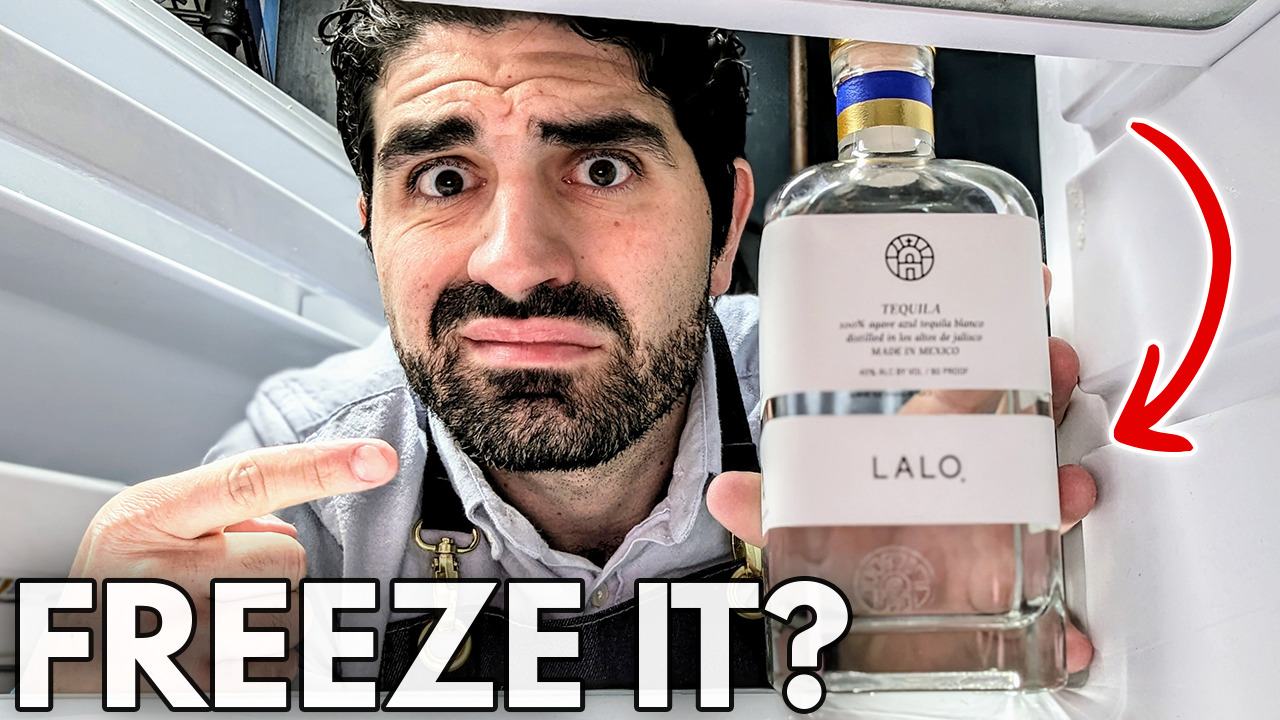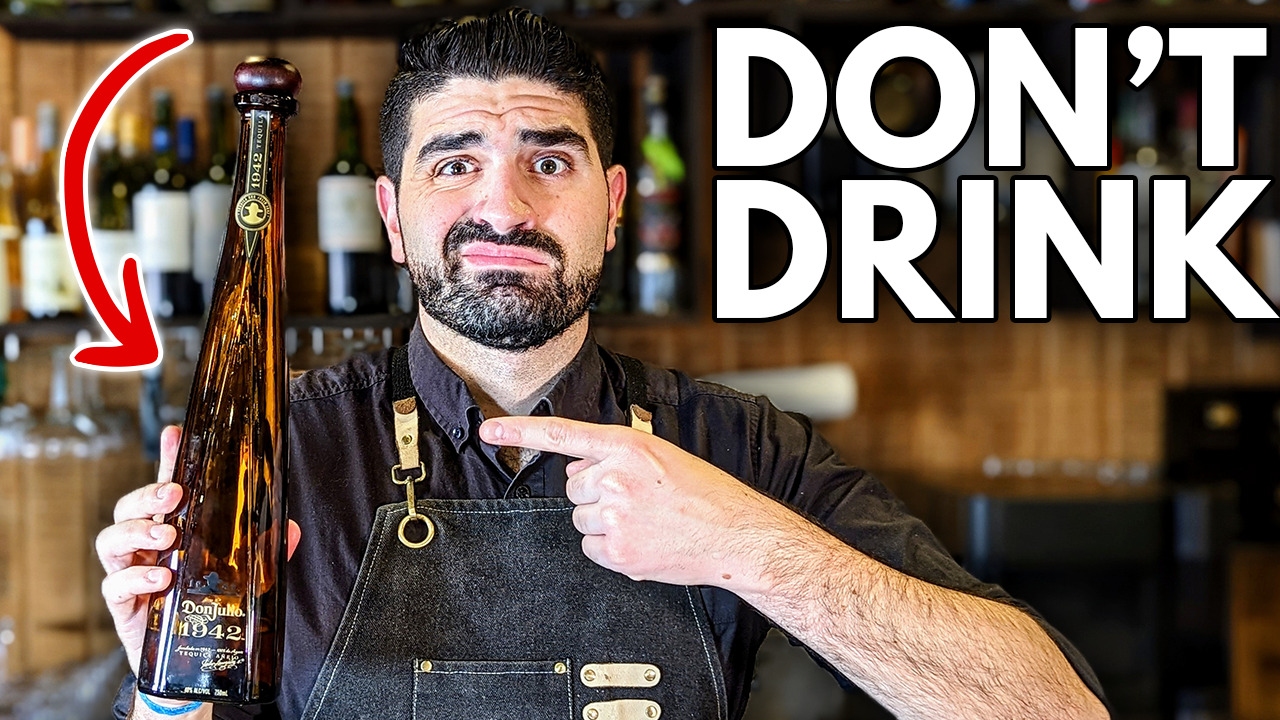Jose Cuervo has a reputation, and not a particularly stellar one in the tequila world. While its iconic status and affordability make it a popular choice, true tequila aficionados tend to steer clear. If you’re ready to ditch the mediocre and discover tequilas that deliver a genuine agave experience, this guide is for you.
The Jose Cuervo Conundrum
So, why the aversion to Jose Cuervo among tequila enthusiasts? Here’s the lowdown:
- Rankings Tell a Story: Websites like Tequila Matchmaker rank Jose Cuervo rather poorly compared to other tequilas. This suggests a less-than-ideal production process and overall quality.
- It’s Not All Agave: If the bottle doesn’t say “100% Blue Weber Agave,” it’s likely a mixto. That means the tequila includes other sugars and potentially additives, diluting the authentic agave flavor.
- The Taste Test: Many reviewers find Jose Cuervo Blanco harsh, with hints of rubbing alcohol, artificial caramel, and even a gasoline-like note. Not exactly a sipping experience.
Alternative Brands to Jose Cuervo That Won’t Disappoint
Ready to elevate your tequila game? Here are some excellent options, many of them surprisingly close to Jose Cuervo’s price point:
- El Tequileño Blanco: Similar in price, this tequila is additive-free. Expect a pronounced agave flavor profile, complemented by black pepper and zesty citrus.
- Arrete: A true budget-friendly gem, Arrete boasts 100% blue Weber agave and zero additives. Think roasted agave sweetness balanced with black pepper and earthy undertones.
- Honorable Mentions: If you’re willing to spend a few dollars more, these tequilas are worth exploring:
- Tres Agaves (great value for price). Made at the same Distillery that makes Cazcanes.
- Suerte (reliable and widely available)
- Cascahuin: Made at one of the best distilleries in all of Mexico.
- The Reviewer’s Favorite: Cimarron holds a special place in the video creator’s heart. This tequila’s roasted agave, vegetal notes, and black pepper hints make it his go-to for a memorable tequila experience.
Beyond the Video: Additional Tips for Your Tequila Journey
- 100% Agave is Key: This signifies the highest standard in tequila production.
- Embrace Higher Proofs: While most tequila is 80 proof, opting for 100 proof delivers a flavor explosion if you enjoy a bolder agave kick.
- Aging Matters: From unaged Blanco with its pure agave notes to the oaky smoothness of Añejo, aged tequilas offer unique flavor profiles.
- Do Your Own Taste Test: Tequila is all about personal preference! Explore and find the brands and styles that tantalize your taste buds.
Final Thoughts
Expanding your tequila horizons is an exciting adventure. Remember, good tequila is meant to be savored, not masked with mixers. So, ditch the Jose Cuervo and discover the vast world of tequilas that genuinely celebrate the spirit of the agave plant. If you want more tequila recommendations check out this article.










